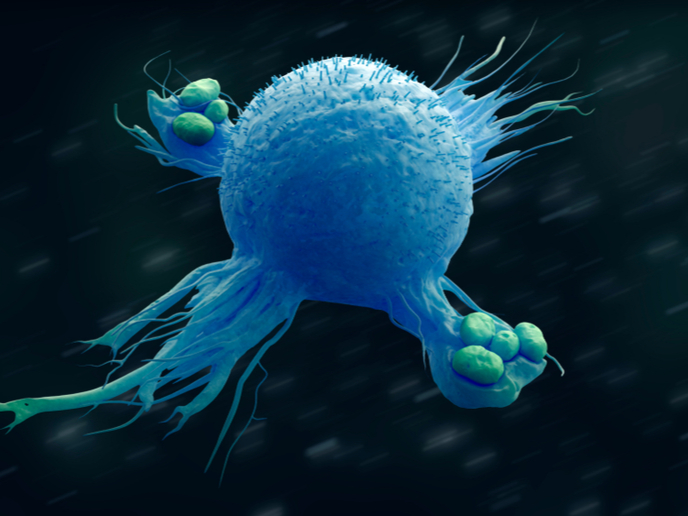Healthy endocrine system, healthy brain function
The 'Switchbox' project: Maintaining health in old age through homeostasis' has been set up to examine the flexibility of certain neuroendocrine systems as related to environmental challenges and the control of metabolic homeostasis. Efforts centre on clarifying the role of the brain in the differential regulation of endocrine axes identified as critical to healthy ageing. This approach builds on evidence that the dysregulation of relevant homeostatic mechanisms is associated with increased morbidity and impairments in brain function. With current consensus holding that brain and metabolic and endocrine processes are bi-directionally linked, Switchbox partners intend to facilitate healthy ageing by improving our understanding and exploitation of homeostatic mechanisms. The focus on metabolic homeostasis aims at promoting ways to regulate both metabolic and mental health. An overall strategy has been designed that shifts the focus of current ageing studies in humans and in animals. By establishing protocols for human and rodent studies, collecting baseline data on human cohorts and establishing animal colonies for the parallel rodent studies, Switchbox is now in a position to determine interactions between metabolic and mental health. The parallel use of rodent models and humancohorts allows experimental testingin rodents of hypotheses generated by human studies. To this end, partners have been trained on the use of the MIND ageing database that compiles all the human data collected, and preliminary experimental challenges, in rodents and humans, have been carried out to compare homeostatic flexibility within and across cohorts. Robust predictive variables are being identified by analysing multimodal endpoints across certain cohorts, the project's data on endocrine measures was complemented by neuro-functional and neuro-structural analyses (brain imaging). Other project accomplishments to date include analysingresulting data with a variety of appropriate statistical tools to derive factors that could improve the prediction of healthy ageing or cognitive performance. Continuing work ultimately aims to generate results translatable into clinically relevant concepts. The establishment of a central repository for multiple data sets on human and rodent ageing has the potential for short- and longer-term impacts across fields. It will also prove useful for deriving algorithms for healthy ageing and informing healthy ageing networks and key stakeholder groups.







